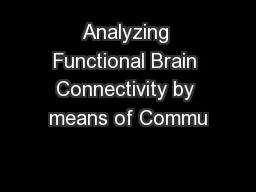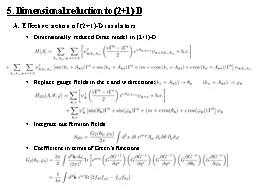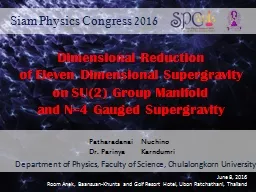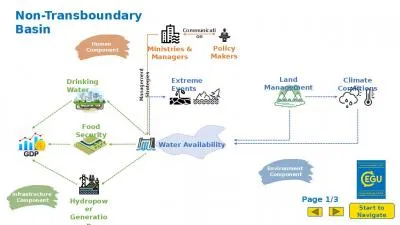PPT-Inferring Effective Connectivity From High-Dimensional
Author : partysilly | Published Date : 2020-06-23
ECoG Recordings Chris Endemann Research Intern Banks Lab Department of Anesthesiology UW Madison SMPH The Brain As A Network of Specialized Computing Compartments
Presentation Embed Code
Download Presentation
Download Presentation The PPT/PDF document "Inferring Effective Connectivity From Hi..." is the property of its rightful owner. Permission is granted to download and print the materials on this website for personal, non-commercial use only, and to display it on your personal computer provided you do not modify the materials and that you retain all copyright notices contained in the materials. By downloading content from our website, you accept the terms of this agreement.
Inferring Effective Connectivity From High-Dimensional: Transcript
Download Rules Of Document
"Inferring Effective Connectivity From High-Dimensional"The content belongs to its owner. You may download and print it for personal use, without modification, and keep all copyright notices. By downloading, you agree to these terms.
Related Documents














